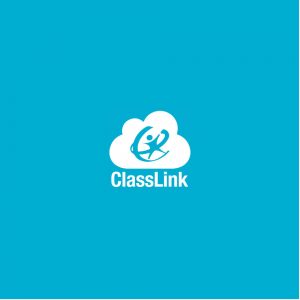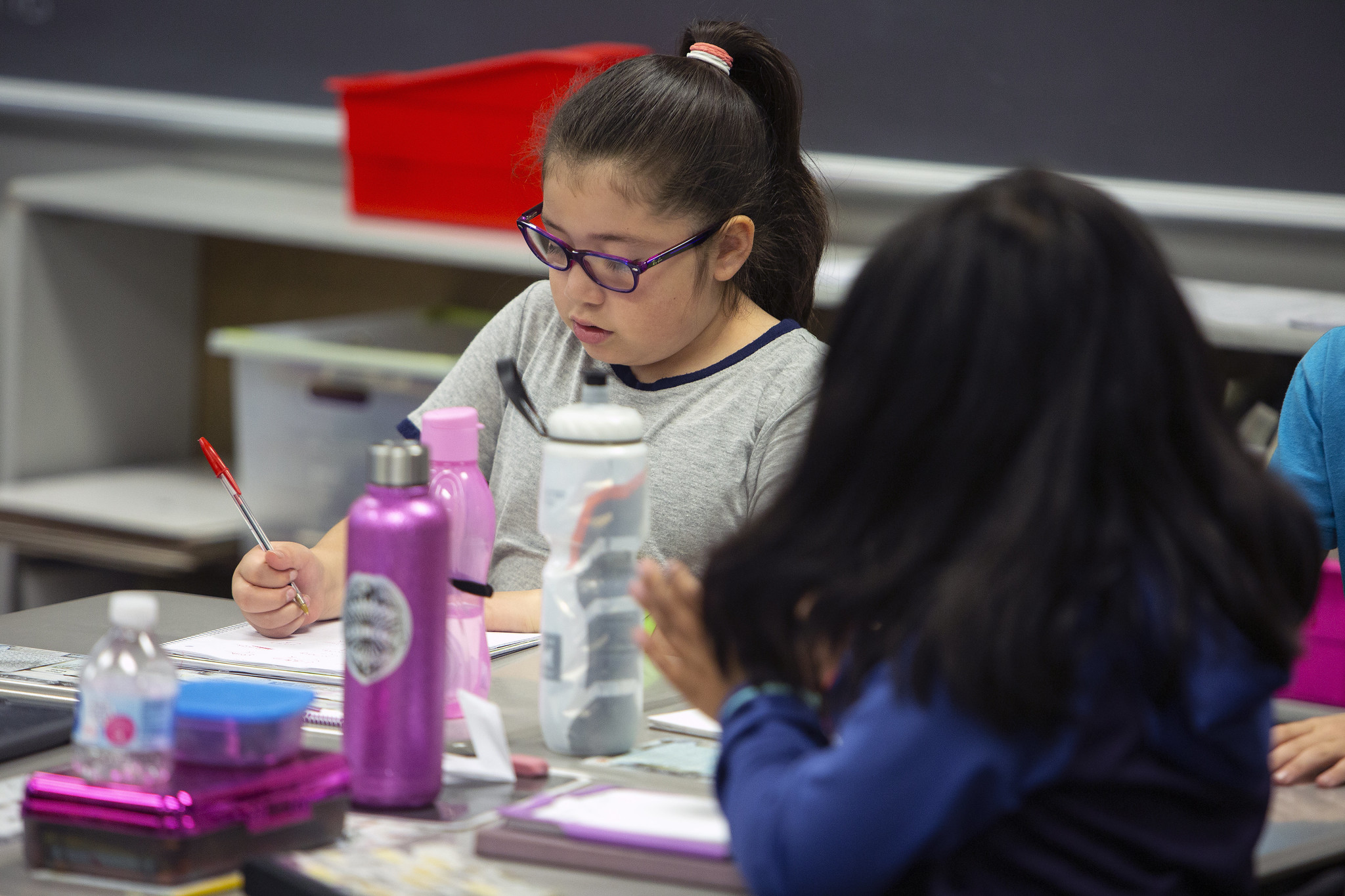In addition to robust school programming, Hygiene Elementary provides a number of clubs and activities for students to engage in learning and socialization outside the school day. For a full list of opportunities, please contact the front office.
Students in 4th and 5th grade are learning various foundational principles of robotics. Using VEX Robotics materials, students collaborate together to build robots that can perform a variety of tasks. Once teams build and test their robots, they are additionally offered the opportunity to make new iterations (adjustments) to their robots. The growth throughout students’ experience within our robotics program is exciting for all involved. Viewers will be amazed at the awesome creations students come up with!
As part of the programming students are offered an annual “Design Challenge”, which requires specified design rules, requirements and ways to earn points through local, state and national competitions. With each Design Challenge, student teams are presented with a playing field which they either control their robots via a controller, or without (autonomous) a controller. During competition, student teams earn points by completing identified tasks…all within the short allotted time of 60 seconds!. At the 25 to 35 second mark, teammates are required to switch controllers.
As part of the design process, students will assume roles when working in teams:
-Designer: Someone who creates an original design or re-designs part of the current robot design. This person(s) shall research ways to modify/design changes and then illustrate 2-D representations for the team.
-Builder: This person does the building of the robot.
-Parts Manager: Retrieves the correct parts that the builder needs; returns parts to the parts store, etc.
-Recorder: This person logs the progress which teams are making; who has done what; questions to address; etc.
-Researcher- This person leads the research project (depending upon the teams participation within this topic).
Students have the wonderful opportunity to work with local parent and high school volunteers whom have previous robotics, engineering and technology experience. . It is furthermore important to know that the elementary (VEX Robotics) builds upon curriculum and expertise that will be required to move on to the next level of robotics when in middle school.
100 Mile Club
100 Mile Club is a nationwide program designed to make fitness fun for kids, empower them to set big goals, and motivate, celebrate, and unify all students.
Our program runs from September through May. Information will be sent home with students once school starts. For information contact our fearless 100 Mile Club leader, Ms. Duelm at [email protected].



